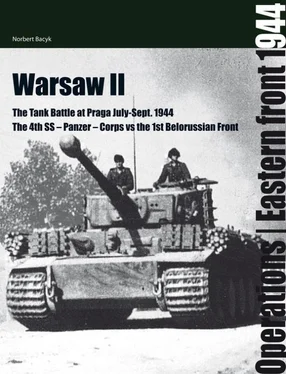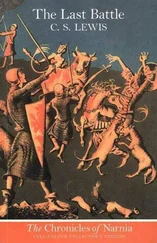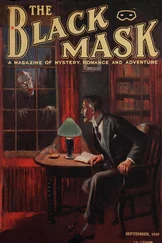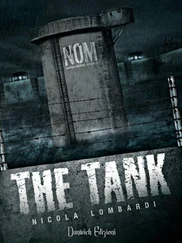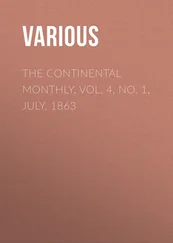General von Vormann was still counting on support from the 6th Luftflotte and two grenadier brigades. The Luftwaffe had at its disposal a vast number of anti-aircraft batteries from the 80th Regiment in the Warsaw region — everything ranging from units armed with light 20mm calibre weapons, to heavy 88mm artillery guns. All told, this mounted to 19 heavy batteries, 3 medium-heavy batteries and 11 light batteries. In addition to these resources, based at nearby airfields were Ju 87D bombers from 1 Gruppe in 1 Staffel out of the SG 1 (Schlachtgeschwader 1) and the 4th Flieger-Division in the 77th StG (Sturzkampfgeschwader), along with Bf 109G fighter planes from the 1 Gruppe from JG 51 (Jagdgeschwader 51). These were not especially impressive combat planes, but — thanks to the extensive distance separating Soviet airfields from the field of battle — the German planes had a local advantage in the air over the battle area outside Warsaw. Now and then, the 6th Luftflotte also took advantage of its greater strength in air battles, but they continued to concentrate most of their air power and superiority on supporting the 2nd Army. This, for the Germans, favourable balance of air power over the Warsaw area was not to change radically until the second week of August.
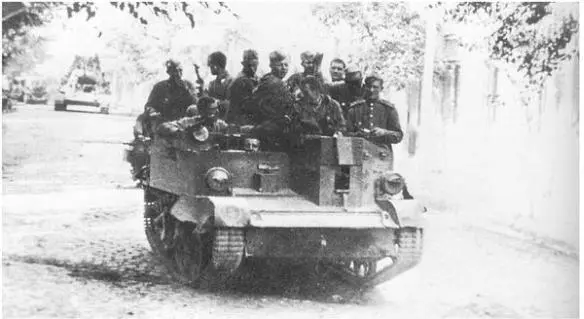
A Bren gun armoured vehicle filled with Soviet soldiers pursuing retreating German forces, in eastern Poland, July 1944. (Leandoer & Ekholm Archive)
The 9th Army also received reinforcement from the newly formed 1131st and 1132nd Grenadier-Brigades, plus a couple of defensive battalions. The Army Chief of Staff reported on their potential: “These units have far too few, or no heavy weapons whatsoever at their disposal, no artillery whatsoever and they are in no condition to withstand a heavy enemy attack both because of poor armament but also because of poor training.”
With this in mind, von Vormann put anti-aircraft guns at their disposal and thereby increased the firepower of both brigades. The Grenadier-Brigades remained in position south of Warsaw’s central sectors west of the river. If an uprising was to break out they were to be used to bring the city under control.
On July 29, Generalfeldmarschall Model, after receiving alarming reports from the commander of the 9th Army concerning the possibilities of defending Praga and about the sudden offensive with regard to enemy attacks outside Mińsk Mazowiecki, ordered the 3rd SS-Panzer-Division “Totenkopf ” and the 5th SS-Panzer-Division “Wiking” to disengage the enemy at the Bug’s lower section and march towards Warsaw. He also despatched a portion of the 4th Panzer-Division there. This Kampfgruppe would arrive in Praga immediately behind the 19th Panzer-Division through Wyszków. At this point and time, the Germans apparently had difficulty in identifying the Soviet forces which were attacking Poland’s capital city, since they had initially taken the 3rd Tank Corps to be a cavalry corps. On the other hand, they correctly identified the 16th Tank Corps and the 8th Tanks Corps.
The order to march westwards reached the 3rd SS-Panzer-Division “Totenkopf” and SS-Oberführer Hellmuth Becker at Siedlce — where, for the last two days, he had been engaged in hitting back at General Krjukov’s rapid response force. The 5th SS-Panzer-Division “Wiking” and SS-Gruppenführer Herbert Gille had not, on the other hand, completely finished their transport across the Bug where Kampfgruppe “Westland” carried out a counter-offensive against the 65th and 68th Armies. But by July 29, the majority of the divisions had nonetheless assembled outside of Węgrów, northwest of Siedlce. In some literature, information indicates that II SS-Panzer-Regiment 5 “Wiking” (which was part of Kampfgruppe “Mühlenkamp” — HQ staff of the SS-Panzer-Regiment 5 “Wiking”, II SS-Panzer-Regiment 5 “Wiking” and a part of SS-Panzergrenadier-Regiment 9 “Germania”), had fought outside Siedlce on July 28–29, destroying 107 Soviet tanks while only losing 6 of their own. It must be observed, however, that it’s very doubtful this battalion could have been present at that location on July 29. At Siedlce, soldiers from the 3rd SS-Panzer-Division “Totenkopf ” did fight and they actually did destroy an impressive number of the 11th Tank Corps’ tanks. But in Heeresgruppe “Mittes” situation report of July 30, it states that the 5th SS-Panzer-Division “Wiking” was located in Węgrów. And inasmuch as the 3rd SS-Panzer-Division “Totenkopf’s” retreat from Siedlce resulted in the city being seized by Soviet forces that very day, the possibility of SS-Panzer-Regiment 5 “Wiking’s” tanks engaging in the fighting at Siedlce is hardly realistic. They did, however, participate in battle east of the city, since that portion of the 5th SS-Panzer-Division “Wiking” which battled in the south retreated across Łosice and Mordy to Sokołow Podlaski, and from there, on towards Węgrów.
On July 30, the situation was complicated even more on the stretch towards Warsaw. Early that morning, the 3rd Tank Corps’ reconnaissance units tried to seize Zielonka. The Germans beat off the assault. At the same time, the corps’ main force struck at Wołomin and after they had taken it, they set their sights on Radzymin. After a couple of hours, both towns were in General Vjedjenjev’s hands. Frontline troops within the 103rd Tank Brigade had encircled Radzymin — the 50th Tank Brigade had occupied positions west of Wołomin in the area by the road towards Marki, while the 51st Tank Brigade had secured the corps’ right flank, east of Stanisławów. Additional forces, in the form of the 57th Mechanised Brigade, were also on their way to this area, although they had for a short period of time lost connection with their tank units during an attack against German corps’ second echelon. Here, it’s appropriate to point out that in carrying out this well-executed armoured raid into unknown territory, the Soviet tank crews were indebted to local units of the Home Army and the local population, who had gladly volunteered their expert knowledge of the area.
The seizure of Radzymin by the 103rd Tank Brigade meant that the 3rd Tank Corps ‘ commander had, in effect, executed the order to cut off the German 9th Army from the 2nd Army. Meanwhile, the 8th Tank Guards Corps, which found itself in back of the 3rd Tank Corps, went round Mińsk Mazowiecki in a westerly direction. The corps’ frontline troops had reached the area east of Okuniew. The 16th Tank Corps, which attacked from the Otwock area, having identified the enemy’s defensive status, continued the offensive towards Praga. On July 30, under increased resistance from the 73rd Infantry-Division, the Soviets seized Świder, Józefów and Wiązowna. The main road to Warsaw from the south passed through Wiązowna. From here, Soviet units carried out a raid outside the Zakręt district where the main roads from Siedlce and Lublin met. The capture of this village created a threat that the combating German units would be outflanked outside of Falencia.
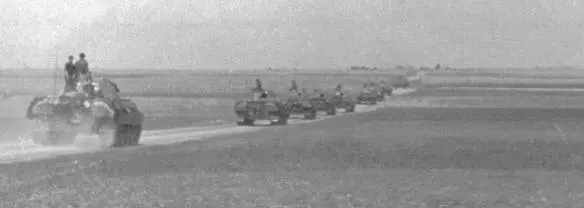
A tank column of PzKpfw V “Panthers” from the 3rd SS-Panzer-Division “Totenkopf” or from the 5th SS-Panzer-Division “Wiking”, on their way to the front, July — August 1944. (CAW)
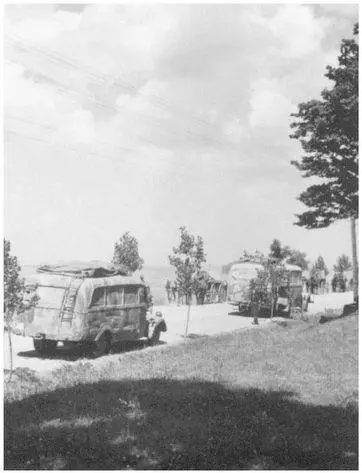
Headquarter troops from the 4th Panzer-Division during a march east of Warsaw, July 1944. (Leandoer & Ekholm Archive)
Assessing the situation that had arisen, the command staff of the 9th Army decided to immediately launch a counter-attack, but the XXXIX Panzer-Corps at this juncture commanded only the incomplete Division “Herman Göring” plus a weak Kampfgruppe drawn from the 19th Panzer-Division. But the Germans had a bit of luck — part of which lay in the fact that on July 30 the greater part of the tanks belonging to the Fallscirm-Panzer-Regiment “Herman Göring” had already been off-loaded from the transporting freight trains — and partly in that there had been enough time to complete the consolidation of reinforcements with the 1st Grenadier Regiment, outside of Marki. At the same time, tanks from Panzer-Regiment 27 and the 19th Panzer-Division were en route from the direction of Wyszków. Moreover, PzKpfw IVs from the II Fallschirm-Panzer-Regiment “Herman Göring” sped through Warsaw, and thereafter were able to reinforce the Kampfgruppe from its own “mother” unit.
Читать дальше
